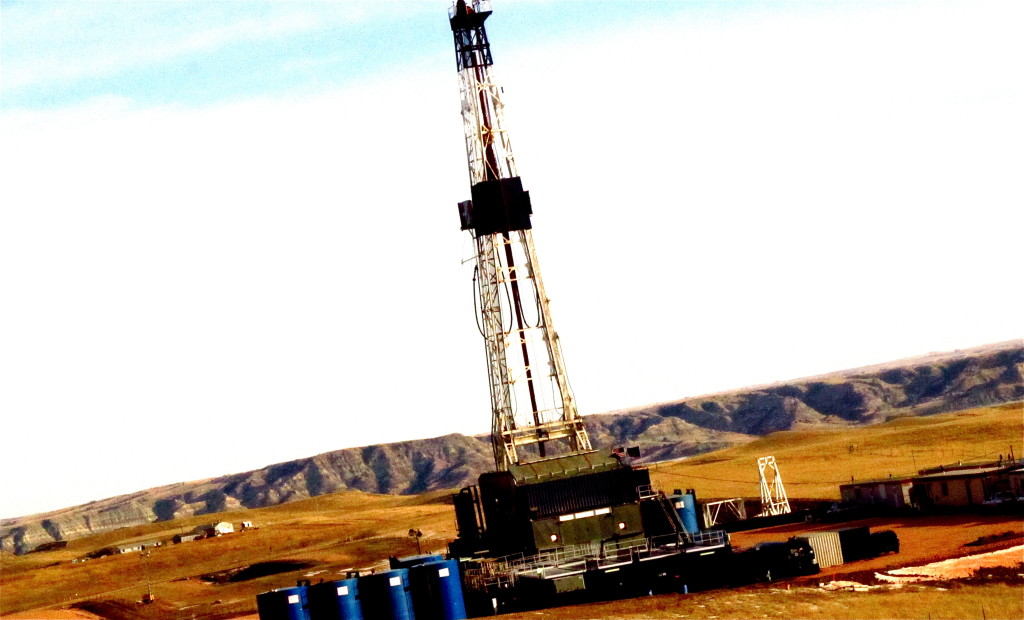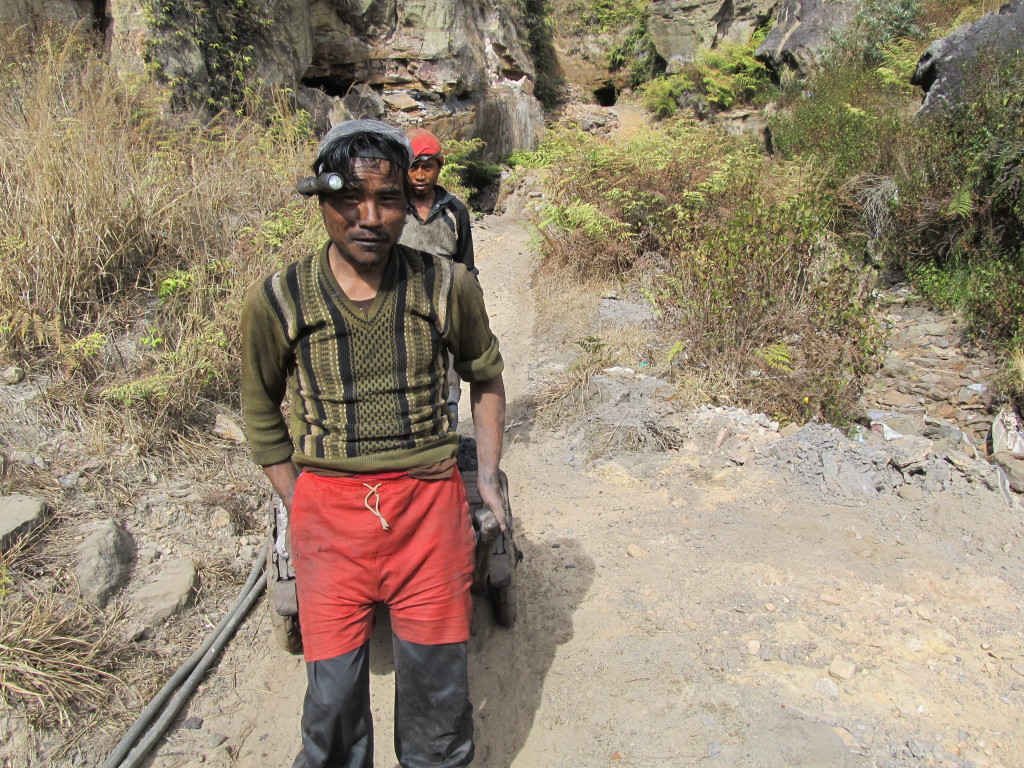
TRAVERSE CITY, MI — On Wednesday evening October 8, 2014 Circle of Blue, the Traverse City-based global news organization, is inviting colleagues and friends to meet our talented staff and learn about the state-of-the-art multimedia work we are doing that is changing the world.
This is no exaggeration. And while Circle of Blue has developed expertise and new digital tools to report on the consequences of the fierce global contest for natural resources, the successes we’ve enjoyed really aren’t that unusual in our home region.
Traverse City, you see, is a civic boil. With its rich diversity of community-shaping groups — environmental, progressive business, new media, local foods, transport, and clean energy — the small coastal city of 15,000 near the top of Lake Michigan is a crucible for new approaches to succeeding in a century of ecological and economic transformation.
Circle of Blue is privileged to be a member of this committed community of change. No other news organization in the world is doing more to inform citizens and global leaders about water security, and what the 21st century holds for national economies and communities, including our own Great Lakes region.
On Wednesday evening join me at the Inside Out Gallery in Traverse City to meet the members of the Circle of Blue staff. Our team will present exclusive stories and stunning imagery from the world’s tightening water-food-energy choke points. This is an evening to introduce our circle of northern Michigan friends to the critically important work this Traverse City organization is doing here at home and around the world.
We are so privileged to be part of a Traverse region community of such talent and commitment to making a difference. Join us for what promises to be an evening immersed in exploration and good cheer.
Where:
Inside Out Gallery
229 Garland Street
Traverse City, MI
When:
Wednesday, October 8
7 p.m.
with music by Blair Miller beginning at 6:15 p.m.
Your tour guides:
J. Carl Ganter, Circle of Blue director and co-founder
Keith Schneider, senior editor and chief correspondent
Brett Walton, reporter
Codi Yeager Kozacek, reporter
Kaye LaFond, reporter & data visualizer
Aubrey Ann Parker & Jordan Bates, social media
Matthew Welch, change manager
Circle of Blue, which was founded in 2002 by J. Carl Ganter and his wife, Eileen Ganter, is pure Traverse City in its principles, values, and operating system. Carl and Eileen are talented multi-media journalists who as young reporters understood 1) the influence of great reporting and telling good stories, and 2) were early innovators in applying the power of the Internet and digital media to amplify their work.

During a trip to South Africa to cover one of the first international conferences on the global freshwater crisis they had what Carl calls a “dope slap” moment. He and Eileen recognized that the entire epic human adventure of the 21st century could be told through the story of how people, communities, and governments managed and mismanaged freshwater resources. Water security, they saw, would test mankind’s capacity to respond effectively to rapidly evolving conditions; conditions of drought, floods, storms, and other water-centered emergencies aggravated by rapid population growth and climate change.
Mankind’s access to clean and adequate supplies of fresh water, they believed, was the perfect global embodiment of the Maximum Power Principle confronting the Law of Minimum Growth.
The first principle, developed by an American mathematician in the early 20th century, describes the biological imperative, expressed by all species including human beings, to develop systems that maximize the intake of energy. The principle extends to human communities, which in modern times invented market capitalism as the primary way to organize and grow their way to prosperity.
The law of minimum growth reflects the principle barrier to unbridled development. Described in the 19th century by a German chemist, the law states that even with access to ample nutrients, an organism’s development — or a human community’s growth – is limited by the scarcest resource.
Across the planet it is water – not energy, not soil, not capital – that has emerged as the scarcest resource. Because of spreading water scarcity the basic scientific principles of growth and decline are now in conflict with human values and market capitalism – both expressed through leadership and governance.

Carl Ganter took this message to Washington and to Davos, Switzerland where he talked to top leaders at the Wilson Center and the World Economic Forum, and joined advisory boards of both renowned policy organizations. In 2007, as I was transitioning out of the Michigan Land Use Institute, which I’d founded and where I’d worked for over 12 years, I joined Carl and Eileen to clarify their goals and give form and depth to the journalism that could help achieve them.
In the years since then the reporters, photographers, videographers, and data design specialists at Circle of Blue have produced a new narrative about the global contest for fresh water. That narrative, generated from front line reporting on five continents, has influenced national policy in China and the United States, generated new research and policy programs in organizations as different as the World Bank and the World Resources Institute, and prompted international conferences on the fraying ties between water, energy, and food in Beijing, Abu Dhabi, Stockholm, Singapore, and Davos.
In its simplest construct, the global confrontation between energy, food, and water is easy to summarize. Population growth and western-style, energy-consuming patterns of development are generating entrepreneurial opportunity, luring rural residents to cities, and producing steep increases in demand for fuel and grain.
Yet as growth bounds upward in the sectors that consume the most water — energy and agriculture –Â rain and snowmelt in prime energy and grain producing regions are dropping, causing sharp declines in available freshwater reserves.
As Circle of Blue has shown in exclusive online multi-media reports, the places where the trend vectors collide are reshaping the Earth’s environment, reordering national priorities, and influencing national economies and global security. Petroleum prices continue to rise. World grain reserves are falling and food prices have doubled in a decade. Control of tens of millions of hectares of farmland in temperate nations is transferring to investors outside their borders.
The details of the new narrative of risk are changing what we know and recognize about the global water crisis. Until the last several years, the most prominent feature of international concern about water focused not on the available supply to cities, farms, and the energy sector, but on its quality. Dirty water, contaminated by raw sewage and pollutants, caused millions of deaths a year in the developing world. Solutions, while far from easy, were nevertheless apparent and available – education that leads to more knowledge and higher living standards. Clean water regulatory standards that are enforced. Water treatment systems that work.
The trend lines that converge around energy, food, and water are more complex, and more treacherous. They form a nexus of momentous challenges that historically have defied the capacity of human civilizations to solve. We’ve tried, of course. The track record isn’t keen. Archaeologists, for instance, theorize that hunger caused by deficits of energy, water, or good soil, sufficiently weakened the Sumerians 4,000 years ago, and the Mayans 1,100 years ago, until the two city-states collapsed.
The stories reported by Circle of Blue largely converge around one question: Are modern societies more capable of resisting disruptions in supplies of energy, food, and water?
— Keith Schneider

One thought on “Showing Off Circle of Blue Colleagues and Reporting in Traverse City”